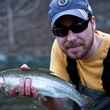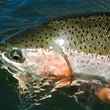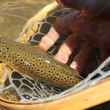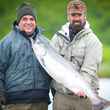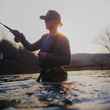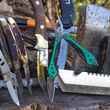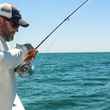Ask anyone involved in the business of fly fishing what fly rod price range sells the most and they'll tell you the same thing: mid-range. And mid-range, these days, means rods in the $300 to $500 price bracket. Some of the bigger brands in the industry are only just beginning to realize this and have started turning their focus more intently to the middle ranges of their lineup. It's not that they haven't long been selling less expensive rods than those at the pinnacle of their lineups; they just weren't selling ones that were all that good. Smaller companies and rod building upstarts, however, figured out the draw of the mid-range long ago. In fact, selling quality, high-performance fly rods at prices that most anglers could live with is what allowed many of these upstart companies to get a foothold in the industry.
Some of those fledgling companies have gone on to become household names in the industry (think Redington and TFO). Others continue to grow rapidly and are approaching household name status. And as they grow, more upstarts pop up, most of which are seeking to do what they did -- offer quality, high performance products at attractive prices -- to make their own name in the world of fly fishing.
Shadow Fly Fishing, out of Pennsylvania, is one of those companies. Started a little more than a year ago by Mike Skibo, an avid steelheader from Pennsylvania's northwestern reaches, Shadow has been offering two rods -- its "Stalker" and "Warrior" models -- to fishermen since its launch and has received positive feedback from anglers in the field. We've been fishing the a 7 weight Warrior for almost a year, everywhere from trout streams to frigid steelhead waters to sunny bonefish flats.



